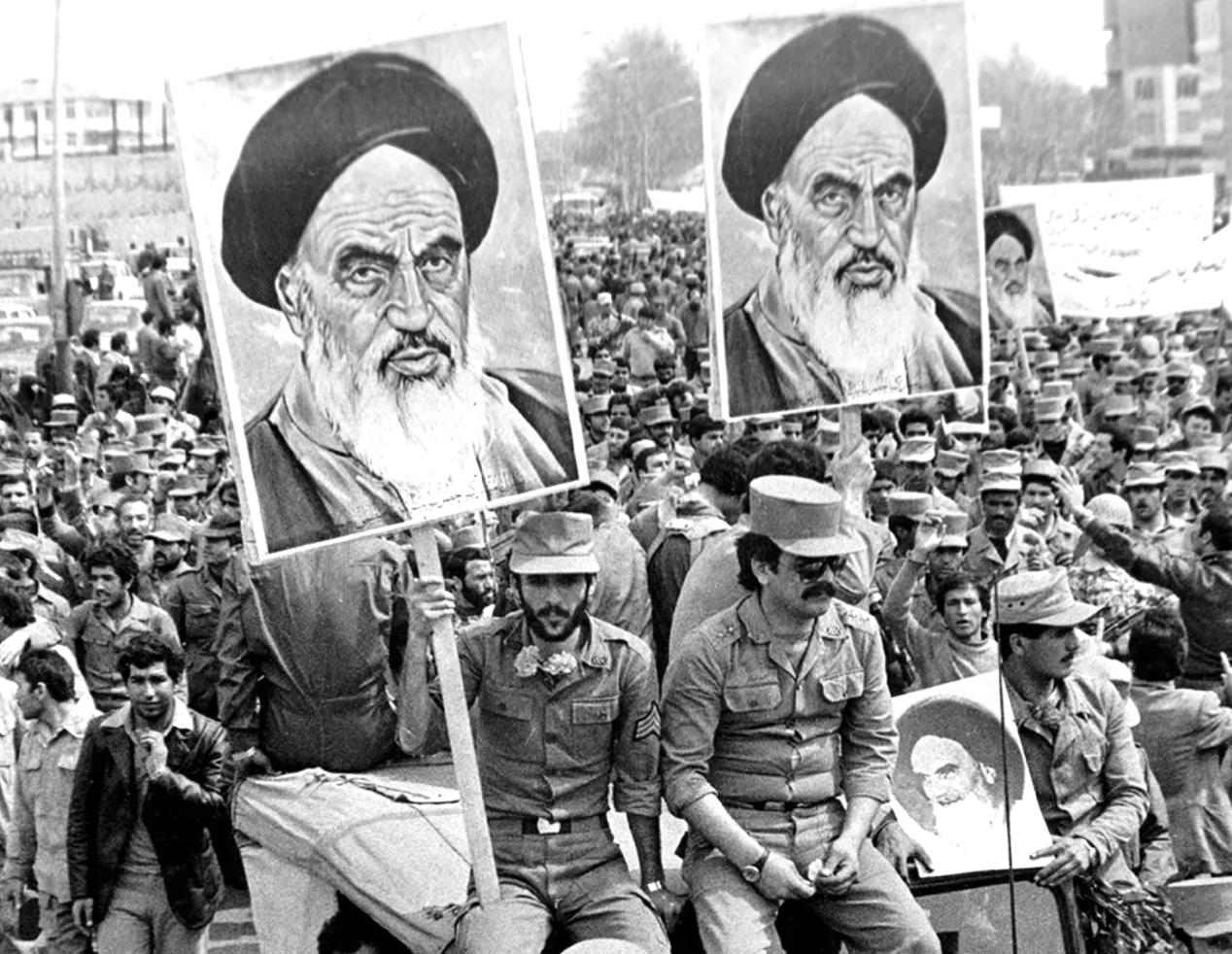
To Resist the Trump Regime, Look to Iran
Yes Magazine
04/24/2025
Shortly after the revolution, Iran’s government began mass-firing professionals deemed ideologically impure. My relatives, teachers, doctors, and civil servants lost their jobs. A CIA memo declassified in 2003 confirms that anyone tied to the previous regime or the West was systematically pushed out.
“The original purge after the Shah’s fall sought to rid the ministries of senior-level holdovers from the former regime and to provide the revolutionary faithful with jobs,” the memo notes. “This was accomplished rather quickly. The second wave of purges began… after a series of Khomeini speeches. Lower-level individuals who had been part of the Shah’s bureaucracy, those with Western training, or those who were deemed to lack full Revolutionary fervor have been retired or fired on an increasingly large scale since then.”
A similar purge is currently underway in the U.S., with a particularly focused assault on diversity, equity, and inclusion initiatives in the public and private sectors. The absurd fixation on DEI mirrors the Islamic regime’s relentless pursuit of oppressive homogeneity. I now personally know educators, federal employees, and experts who’ve lost their jobs. The brain drain has begun. Scientists are fleeing. The nightmare I escaped is unfolding again—this time in the country I chose as my refuge.
Despite stark ideological differences, Iran’s Islamic regime and the Trumpist movement share similar tactics: wielding fear, relying on religious extremism, and eroding civil liberties. Both distort truth, punish dissent, and strive to remake the world in their image. Yet, amid repression, resistance flowers.
The Power and Creativity of Resistance
In Iran, once the shock wore off, defiance bloomed in large street protests as well as small, resistant acts that friends and I took part in: flashing strands of hair, dancing quickly in public, and wearing colorful socks that sent the morality police scrambling after us.
Within one year of Khomeini’s takeover, Saddam Hussein, the then leader of neighboring country Iraq, took advantage of the internal turmoil and started a bloody eight-year war with Iran. At the same time, the regime grew more brutal, and soon, every schoolmate of mine knew someone who had been executed, imprisoned, or lost to war. My friend Roya, just a teenager, was among the thousands executed.
Over the years, many more have been executed, imprisoned, and tortured. But despite the immense repression, the power of persistence and solidarity keeps transforming, adapting, and finding new ways to challenge the oppression.
Unlike the oppressors, people who resisted were never confined to a single ideology. It was born from necessity and lived experience. For more than four decades, Iranians have resisted through mass protests, underground clubs, labor strikes, and other everyday acts of defiance.
The 2022 uprising, sparked by the killing of Jina Mahsa Amini, reignited women’s defiance. Many still refuse the hijab today, and despite the crackdowns, they have changed the look and feel of Iran’s public spaces. Iranians also engage in creative compliance: Women wear their hijabs in loose, fashionable ways. Men wear them in solidarity to mock the regime. Workers slow down to frustrate the regime. Some officials, including police officers, look the other way and refuse to enforce the regime’s rules when they can.
Iranians create underground art, subversive poetry, and encrypted communication. Families teach banned history at home. VPNs and messaging apps bypass censorship. Having enjoyed a robust culture of hospitality and mutual care, Iranians tend to be generous with their time and resources. Acts of solidarity—shared meals, safe houses, whispered encouragement—create webs of resilience. Every act matters.